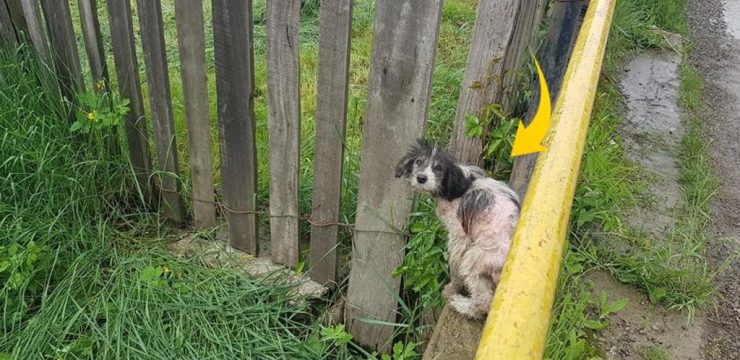Spider veins, medically known as telangiectasia, are small, dilated blood vessels that appear just beneath the skin’s surface. They often show up as thin red, blue, or purple lines, resembling a spider web or the delicate branches of a tree. Most commonly found on the thighs, calves, and ankles, spider veins develop when the tiny valves inside the veins weaken or become damaged. This allows blood to pool, causing the veins to enlarge and become more visible. Several factors can contribute to their appearance, including genetics, hormonal changes, prolonged sitting or standing, obesity, and even too much sun exposure. While they are usually harmless, they can sometimes cause mild aching or a burning sensation, especially after standing for a long time.

Immediate Steps to Manage Spider Veins at Home
If you’re waiting to see your doctor, there are a few simple steps you can take at home to relieve discomfort and prevent the condition from worsening. Elevating your legs whenever possible helps reduce the pressure on your veins and improves circulation. Avoid standing or sitting in one position for extended periods—take breaks to walk around, stretch, and keep the blood flowing. Compression stockings are a great option for improving circulation and reducing swelling. Applying a cold compress to the affected area can help ease pain and discomfort, while gentle massage may encourage better blood flow. Maintaining a healthy weight also plays a key role, as excess body weight increases strain on your veins.
Lifestyle Changes to Prevent New Spider Veins
Prevention often comes down to healthy lifestyle habits. Regular physical activity—whether it’s walking, swimming, or light aerobics—can help strengthen your veins and improve overall circulation. A balanced diet rich in fiber and low in sodium supports vein health by preventing constipation and reducing fluid retention, both of which can put unnecessary pressure on your veins. Avoid wearing clothing that’s too tight around your waist, legs, or groin, as it can restrict blood flow. Sun protection is also important—UV rays can weaken skin and veins over time, so always apply sunscreen when your legs are exposed. If your work requires long periods of sitting or standing, change positions often and make it a habit to take short movement breaks throughout the day.
Over-the-Counter Treatments and Remedies
While home remedies won’t completely erase spider veins, certain over-the-counter options can improve their appearance and help with symptoms. Creams containing retinoids or vitamin K may help reduce discoloration over time. Horse chestnut extract, a popular herbal remedy, is thought to strengthen vein walls and minimize swelling. Arnica gel, known for its anti-inflammatory properties, can also be applied to relieve pain and tenderness. Always follow product instructions and, if in doubt, consult a pharmacist or healthcare professional before starting a new treatment.
When to Seek Medical Attention
Although spider veins are usually a cosmetic concern rather than a medical one, there are times when you should see a doctor. If you notice significant pain, persistent swelling, or changes in skin color around the veins, it’s best to seek medical advice. Other warning signs include bleeding veins, sores, or rashes near the affected area. A sudden increase in the number of spider veins may also point to an underlying health problem that requires evaluation. Prompt medical attention ensures you address any complications early.
How to Prepare for Your Doctor’s Appointment
A little preparation can make your appointment more productive. Keep a record of your symptoms, noting when they began, what seems to make them better or worse, and any patterns you’ve observed. If you have a family history of vein problems, make sure to mention it, as genetics can play a role in vein health. Write down all medications and supplements you’re currently taking, and bring along any creams or treatments you’ve tried for your spider veins. Having a list of questions for your doctor—about both medical treatments and lifestyle adjustments—will help you leave the appointment with a clear plan.
Long-Term Strategies for Healthy Veins
Caring for your veins is an ongoing process. Continuing regular exercise, eating a balanced diet, and maintaining a healthy weight will go a long way in preventing new spider veins from forming. Compression stockings can be especially helpful during long flights or extended periods of sitting. If your spider veins are more severe or causing discomfort, your doctor may recommend treatments like sclerotherapy (injections that close off veins), laser therapy, or minor vein surgery. Scheduling regular check-ups allows your healthcare provider to monitor your vein health and catch any issues early. Staying proactive about your circulation and skin health now can help you avoid more serious vein problems in the future.





